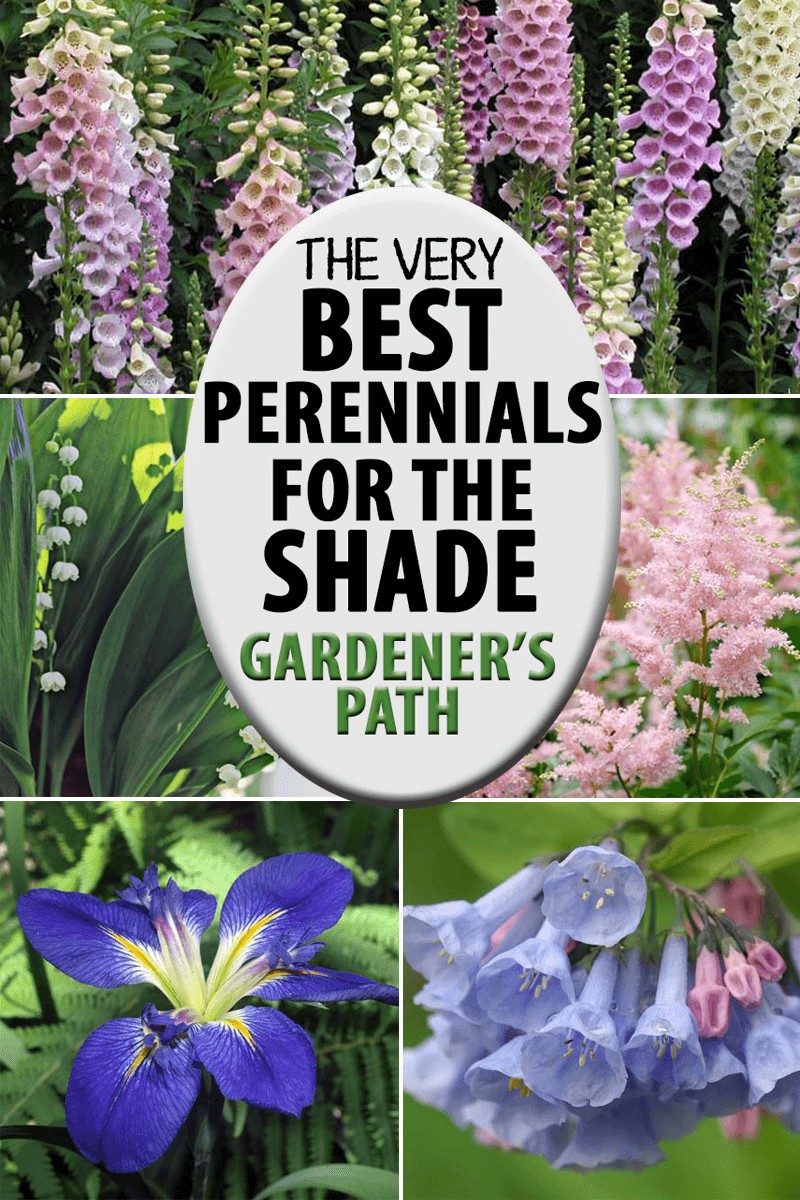Understanding the Mimosa Tree’s Climate Preferences
Mimosa trees, scientifically known as Albizia julibrissin, are native to the subtropical and tropical regions of Asia. They thrive in warm and humid climates, making them an ideal choice for gardeners living in USDA hardiness zones 6-9. When deciding where is the best place to plant a mimosa tree, it’s essential to consider its climate preferences. Mimosa trees require full sun to partial shade, with a minimum of six hours of direct sunlight per day. They also prefer well-drained soil and a slightly acidic to neutral soil pH, ranging from 6.0 to 7.0. In terms of temperature, mimosa trees can tolerate a wide range, from -10°F to 100°F (-23°C to 38°C), but they perform best in temperatures between 65°F to 85°F (18°C to 30°C). The ideal humidity level for mimosa trees is between 40% to 60%, which is typically found in regions with moderate to high rainfall. By understanding the mimosa tree’s climate preferences, you can choose the perfect location in your yard to ensure its optimal growth and health.
How to Select the Perfect Spot in Your Yard
When deciding where is the best place to plant a mimosa tree, it’s crucial to assess your yard’s conditions to ensure the tree thrives. Start by evaluating the soil type, as mimosa trees prefer well-drained soil with a slightly acidic to neutral pH. Test the soil to determine its pH level and nutrient content. If the soil is heavy clay, sandy, or lacks essential nutrients, amend it with organic matter like compost or well-rotted manure. Next, consider the drainage in your yard. Mimosa trees don’t tolerate waterlogged soil, so avoid planting in low-lying areas or where water tends to collect. Instead, opt for a spot with good air circulation to prevent fungal diseases. Wind direction is another critical factor, as strong winds can damage the tree’s branches and roots. Choose a location that provides some protection from harsh winds, such as near a building or behind a row of shrubs. By carefully evaluating your yard’s conditions, you can select the perfect spot for your mimosa tree to flourish.
The Importance of Soil Quality for Mimosa Tree Growth
Soil quality plays a vital role in the growth and development of mimosa trees. When deciding where is the best place to plant a mimosa tree, it’s essential to consider the soil’s pH level, nutrient content, and structure. Mimosa trees thrive in well-drained soil with a slightly acidic to neutral pH, ranging from 6.0 to 7.0. They also require a balanced diet of nutrients, including nitrogen, phosphorus, and potassium. If the soil lacks essential nutrients, it can lead to stunted growth, yellowing leaves, and reduced flowering. To amend the soil, add organic matter like compost or well-rotted manure, which will improve its structure, fertility, and overall health. Additionally, consider the soil’s texture, as mimosa trees prefer a mix of clay, silt, and sand. By selecting a location with high-quality soil, you can provide your mimosa tree with the foundation it needs to thrive.
Considering the Mature Size of Your Mimosa Tree
When deciding where is the best place to plant a mimosa tree, it’s essential to consider the mature size of the tree. Mimosa trees can grow up to 30-40 feet tall, with a spread of 20-30 feet, making them a significant addition to any landscape. To accommodate their growth, choose a location that provides enough space for the tree to reach its full potential. Consider the proximity of nearby structures, such as houses, garages, and power lines, to ensure the tree won’t encroach on these areas as it grows. Additionally, think about the tree’s canopy and how it will affect the surrounding area, including shading, wind direction, and snow load. By selecting a location that takes into account the mature size of your mimosa tree, you can avoid potential problems and create a harmonious landscape.
Planting in Full Sun or Partial Shade: What’s Best?
When deciding where is the best place to plant a mimosa tree, it’s essential to consider the amount of sunlight the location receives. Mimosa trees thrive in full sun to partial shade, but the ideal amount of sunlight depends on the climate and region. In warmer climates, partial shade can help protect the tree from intense heat, while in cooler climates, full sun can promote healthy growth. Planting in full sun can lead to a faster growth rate and denser foliage, but it may also increase the risk of drought and heat stress. On the other hand, partial shade can reduce the risk of drought and heat stress, but it may slow down the growth rate. Consider the specific climate and region you’re in, and choose a location that receives the right amount of sunlight for your mimosa tree. If you’re unsure, consult with a local nursery or gardening expert to determine the best location for your tree.
Protecting Your Mimosa Tree from Harsh Weather Conditions
When deciding where is the best place to plant a mimosa tree, it’s crucial to consider the potential risks of harsh weather conditions. Mimosa trees can be vulnerable to extreme weather events, such as frost, drought, and strong winds. To protect your tree from frost, choose a location that provides some protection from cold winds and frost pockets. You can also use frost blankets or other protective coverings to shield your tree from frost damage. In areas prone to drought, ensure your tree receives adequate watering, especially during its first year of growth. Mulching around the base of the tree can also help retain moisture and reduce evaporation. Strong winds can cause damage to the tree’s branches and roots, so consider planting in a location that provides some wind protection, such as near a building or behind a windbreak. By taking these precautions, you can help your mimosa tree thrive even in harsh weather conditions.
Planting Near Water Features: Is It a Good Idea?
When deciding where is the best place to plant a mimosa tree, it’s essential to consider the proximity to water features, such as ponds, lakes, or rivers. Planting near water can provide several benefits, including increased humidity, which mimosa trees thrive in, and a natural source of water. However, it’s crucial to weigh these benefits against potential drawbacks. For instance, planting too close to a water feature can lead to root rot and other water-related problems. Additionally, mimosa trees can drop their leaves and flowers into the water, causing maintenance issues. On the other hand, planting at a safe distance from a water feature can create a beautiful, serene landscape. To determine if planting near a water feature is right for your mimosa tree, consider the specific conditions of your yard and the tree’s needs. If you do decide to plant near a water feature, ensure the soil is well-draining and the tree is planted at a safe distance to avoid any potential issues.
Creating a Thriving Environment for Your Mimosa Tree
When deciding where is the best place to plant a mimosa tree, it’s essential to consider a range of factors that will impact the tree’s growth and health. By understanding the mimosa tree’s climate preferences, assessing your yard’s conditions, and considering factors such as soil quality, mature size, sunlight, and proximity to water features, you can create a thriving environment for your tree to grow. To ensure your mimosa tree reaches its full potential, remember to protect it from harsh weather conditions, provide adequate care and maintenance, and monitor its growth over time. By following these guidelines, you can enjoy the beauty and benefits of a healthy, thriving mimosa tree for years to come. Whether you’re a seasoned gardener or a beginner, with careful planning and attention to detail, you can find the perfect spot in your yard to plant your mimosa tree and watch it flourish.









